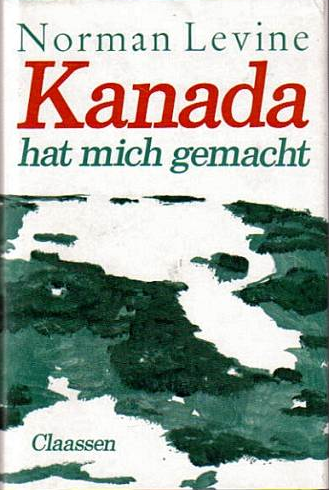Why Shoot the Teacher
Max Braithwaite
Reader's Digest Condensed Books
Montreal: Reader's Digest, 1981
Our local public library book sale approaches, bringing a trickle of donated Readers's Digest Condensed Books. Like the leak in the 110-year-old building's limestone foundation, it seems we can't do a thing to stop it.
Don't get me wrong, I have nothing against condensed books. The problem I have, as someone doing his darndest to raise money for the library, is that no one will buy the things. I do mean no one. A veteran with seven book sales under his belt, I realized last year that we'd never sold so much as a single volume. And so, we decided to give them away.
I was the only taker.
This is it, a lone volume saved from the recycling bin for the simple reason that it features an abridged version of Max Braithwaite's Why Shoot the Teacher, with illustrations by Bruce Johnson. An artist deserving of more attention, I first learned of Johnson last year through Leif Peng's Today's Inspiration.
Numbering four in total, it appears that the illustrations have never been reprinted.
The last two are a touch too wacky for me, but they are in keeping with the novel. This Johnson illustration from a 'fifties Maclean's is more to my taste:
Not many Canadian authors have had bank accounts blessed by Reader's Digest Condensed Books – and the most blessed, semi-citizen Arthur Hailey, hardly needed the money. The decision to include Why Shoot the Teacher seems both obvious and surprising. On the one hand, Braithwaite's good-natured humour is well-suited to the series, on the other it comes so very late. Why Shoot the Teacher was first published in 1965, and was adapted to the screen in 1977, so what's it doing here?
At roughly 72,000 words, I imagine the novel was much easier to abridge than, say, Airport or Hotel. Less than half remains. Never having owned a condensed book before, I was curious to see how it was done. These pages I marked up from the first edition give some idea:
 |
| (cliquez pour agrandir) |
One trick is to combine chapters – "Tic Tac Toe, Hockey, and Sex" and "The Hot Dust of Spring" become "Tic Tac Toe, Hockey, and the Hot Dust of Spring". No sex, please, this is Reader's Digest. No frozen horse turds, either. "There were always plenty of the around," says narrator Max Brown. Like Canadians of old, he uses them in lieu of a puck. Hockey takes a good hit here with talk of the Olympic hockey team, international hockey tournaments, Gordie Howe, Max Bentley and Ted Lindsay cut.
But what's this?
Where in the original, Max Brown tells us Canada produces "the best hockey players in the world", the condensed version has him saying that we produce "many of the best hockey players in the world".
Isn't that longer?
One last thing, the condensed version replaces "colour" with "color". Shorter.
Trivia: Reader's Digest receives fleeting mention in both the original and condensed versions of the novel:
"Trouble is," Harris said, "we're stultityped in our thinking. All we can think of is growing wheat. Now I've been reading an article in the Reader's Digest that really has the idea."More trivia: The keen-eyed will have noticed that the second paragraph of the page spread above features an errant line ("wind hit southwestern Saskatchewan and melted most of"), which usurps the rightful words ("hour and a half to two hours' free time each day").
Object: Boards covered in a brown plastic-like material, the book contains three additional condensed works: Banners of Silk by Rosalind Laker, A Ship Must Die by Douglas Reeman and Kalahari by Henry Kolarz.
Access: Not listed amongst the thousands of Reader's Digest Condensed Books currently listed online. You will not find it at your local library.
























































